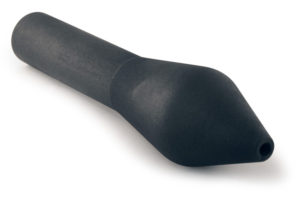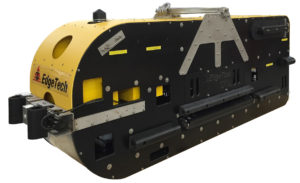Critter Cams
Bruce’s experience in machining a vast variety of materials such as lead, beryllium, and uranium has led Suburban Machine on a unique adventure in the world of syntactic foam. Nat-Geo contacted me because of my experience in machining soft materials such as lead and other materials that require special milling techniques. The syntactic foam they needed for their deep water equipment is a combination of tiny glass balls and lead. Suburban Machine had the experience to make the project work.
National Geographic had the first ever “crittercam” to dive miles below the sea. Crittercams are cameras that get attached to animals, such as Billfish and Marlin, that dive miles under the ocean. Nat-Geo needed to protect the cameras with syntactic foam housing so they can survive the extreme pressure.
Bruce St. Hilaire of Suburban Machine worked directly with scientists from National Geographic (including Kyler Abernathy) in the crittercam development department.
“I redesigned their first prototype so it could be easily machined and recommended epoxies for this two-part construction.” They were impressed with the proposal and gave Suburban Machine a contract to machine material for five deep-sea diving crittercams.
Videos from the crittercams we made can be seen on Billfish, Marlin, and others creatures!
Check out the critter cam at National Geographic’s web site!
With the success of critter cams, Suburban Machine has also been machining syntactic foam for deep-water tow vehicles like the 2400 Deep Tow.
“We machined all the blocks to customer specs to fill this deep-tow system with 6000 lbs of syntactic foam.”
Now Suburban Machine provides precision machined parts for naval applications, deep sea exploration, underwater research, private treasure hunters, and anybody else we can think of.


